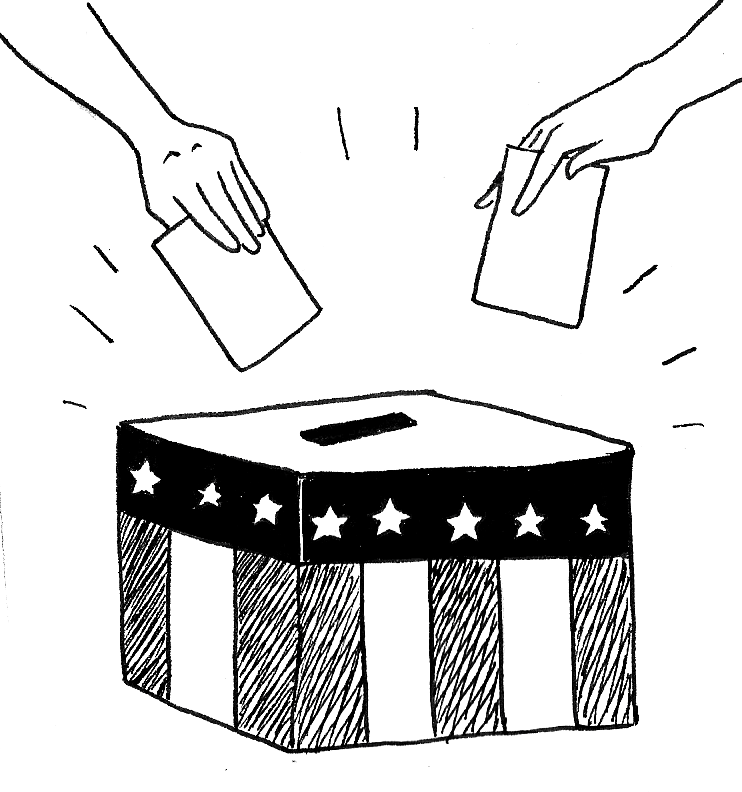The 2018 elections have been officially recorded and the results leave us with much to ponder on. Results have shown that there was an impressive turnout in midterm voting with record voting at its highest in 50 years.
This election broke the chain of low turnouts in midterms as 2018 brought out passionate voters from all across the spectrum. Democrats won 40 GOP-held seats for a net gain of 38 seats, more than the 23 they needed to control Congress.
The Republican Party strengthened their hold on the Senate, flipping two seats. Democrats outvoted Republicans by more than 4 million votes with much enthusiasm building. However, in some states the high enthusiasm did not deliver wins. States like Montana, North Dakota and Idaho are so strongly conservative that the increased enthusiasm tightened margins at most, but did not flip the seats.
Some are still debating if there was a blue wave or the power of Trump on results, but one undeniable fact is that the pink wave crested in this election with 110 women winning seats across both chambers of Congress.
Just a few of the historic examples would include the first bisexual female candidate for Arizona, South Dakota’s first female governor, a Native American, a Muslim woman being the first elected to Congress and Tennessee’s first female senator.
There was a high overall interest and engagement specifically among young voters. An ABC Poll showed far more young voters were more “absolutely certain to vote” than in the 2014 midterms. Democratic and Republican voters alike were more passionate and engaged in this election than in the past.
Health care proved to be the front and center issue for voters with other issues such as immigration and relationships with other nations. The midterms were a victory for the Democratic Party, but President Donald Trump declared the election a victory for the Republican Party and his administration.
The Republican Party saw significant wins, specifically in the Senate, by candidates who had aligned themselves and had been backed by Trump. Trump’s campaigning also led to victories in key Senate races that were previously Democrat.
Regardless of party preference, the “Trump Effect” is real. Voter turnout reached record highs among rural populations as in the 2016 election, and on the other hand backlash was clearly evident as well. Whether for or against him, the American people have strong feelings about Trump and his last two years in office.
This is what brought record numbers to the polls and having involved and informed voters is one of the privileges of our democracy. Leaders from both sides saw a victory for their party and something to build upon.
This election displays how divided America remains and that American voters are more passionate now than in decades. The 2020 elections are two years away, and it’s impossible to make predictions this early on.
Voters appear to be intensely engaged in 2018 and how this will play out over the next couple of years will be exciting to see. Trump has made clear he is not going anywhere in 2020 and it would be no surprise to see an even greater record turnout.












